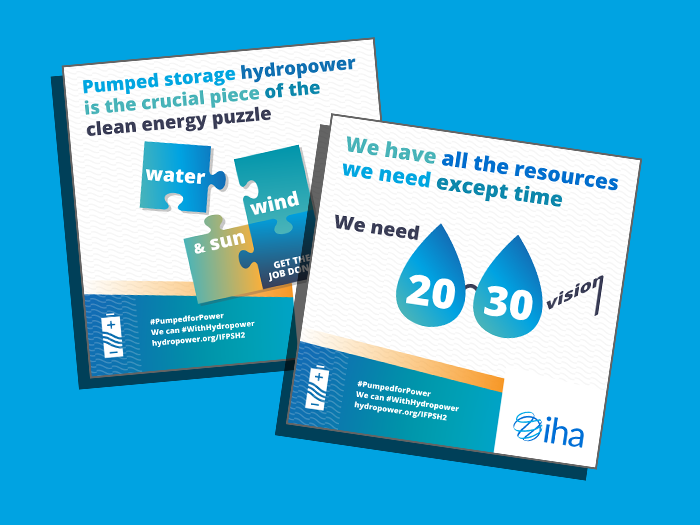30 years of advancing sustainable hydropower, together | #IHA30 | READ MORE
Outlook
Partnership opportunities
COP28
Partnership opportunities
Congress 2023
Powering Sustainable Growth
Join us in Bali for the 2023 World Hydropower Congress taking place on 31 October – 2 November.
FIND OUT MORE
Who we are
Our mission
Our mission is to advance sustainable hydropower
About us
We are a non-profit membership organisation
Our members
View our directory of organisations operating in over 120 countries
Our team
Meet the people who deliver our work programme around the world
Our board
IHA's Board governs the association on behalf of members
Our 30th Anniversary
Celebrating three decades of progress, partnership and purpose #IHA30
What we do
Communications
Our mission is to advance sustainable hydropower
Research and policy
We are a non-profit membership organisation
Events
View our directory of organisations operating in over 120 countries
Membership
IHA's Central Office manages our work programmes
Water management
IHA's Board governs the association on behalf of members
People
The voice of sustainable hydropower for a quarter of a century
Technology
Our mission is to advance sustainable hydropower
Regional profiles
Africa
Our mission is to advance sustainable hydropower
East Asia and Pacific
We are a non-profit membership organisation
Europe
View our directory of organisations operating in over 120 countries
North and Central America
IHA's Central Office manages our work programmes
South America
IHA's Board governs the association on behalf of members
South and Central Asia
The voice of sustainable hydropower for a quarter of a century
Pumped Storage
Pumped storage hydropower toolkit
Policy frameworks for pumped storage hydropower development
Enabling new pumped storage hydropower
A guidance note for key decision makers to de-risk pumped storage investments
International Forum on Pumped Storage Hydropower
On 9-10 Sept 2025 global leaders convened to unlock the full potential of pumped storage
Tracking tool
Locations and vital statistics for existing and planned pumped storage projects
Facts about pumped storage hydropower
Find out more about the benefits of pumped storage
Global Alliance for Pumped Storage
Intergovernmental leadership group dedicated to promoting, scaling, and optimising PSH worldwide
Resource hub
Publications
Download our public reports
World Hydropower Outlook
Sector insights and statistics
Factsheets
Learn more about hydropower
Facts about hydropower
Get the full picture
Hydropower around the world
Explore regions and countries
Innovations hub
Explore case studies
Videos
Watch our latest videos and webinars
G-res Tool
Report greenhouse gas emissions from reservoirs
Sediment Management Hub
Knowledge resource for strategies and case studies































